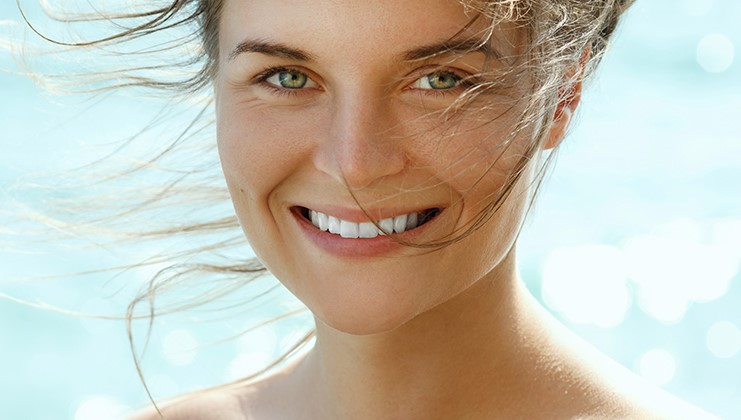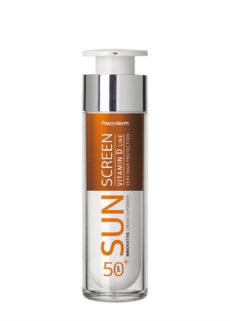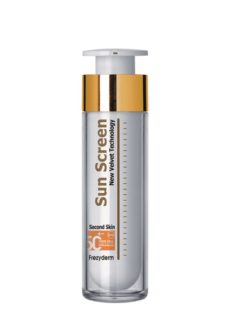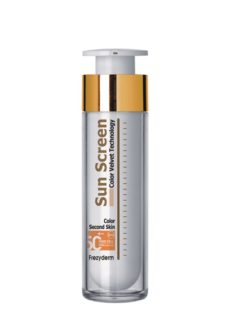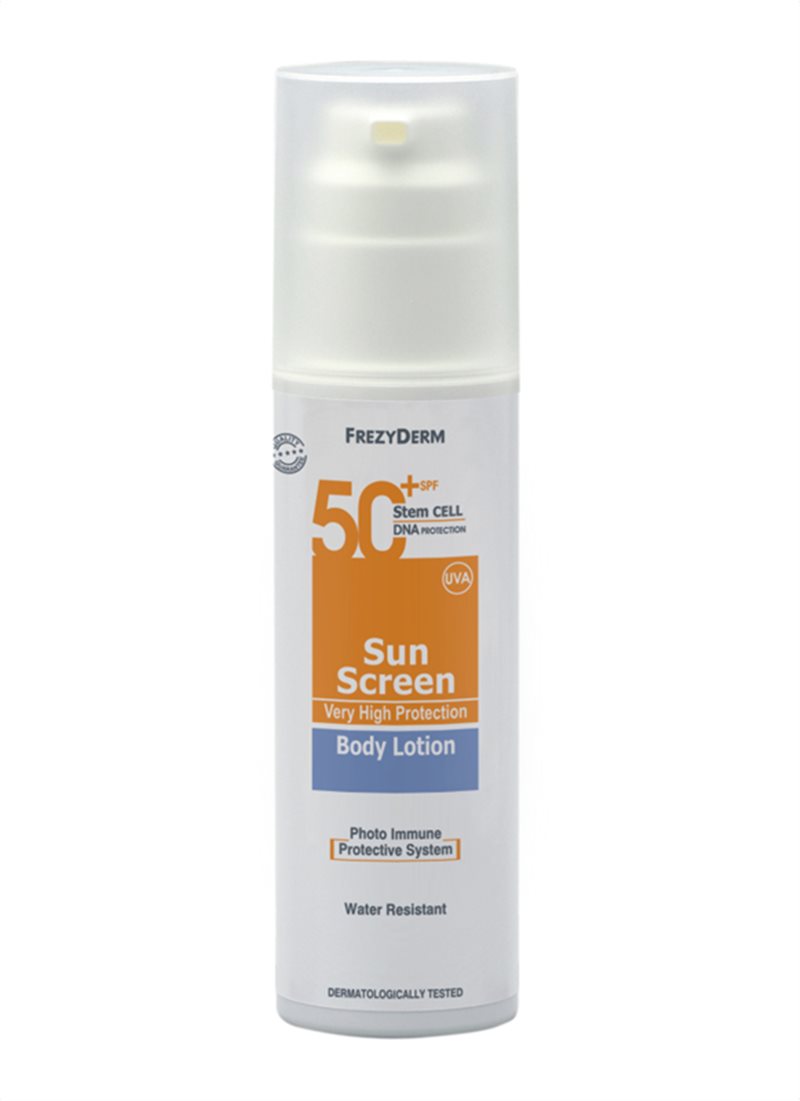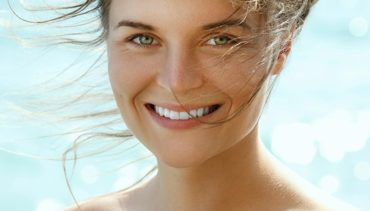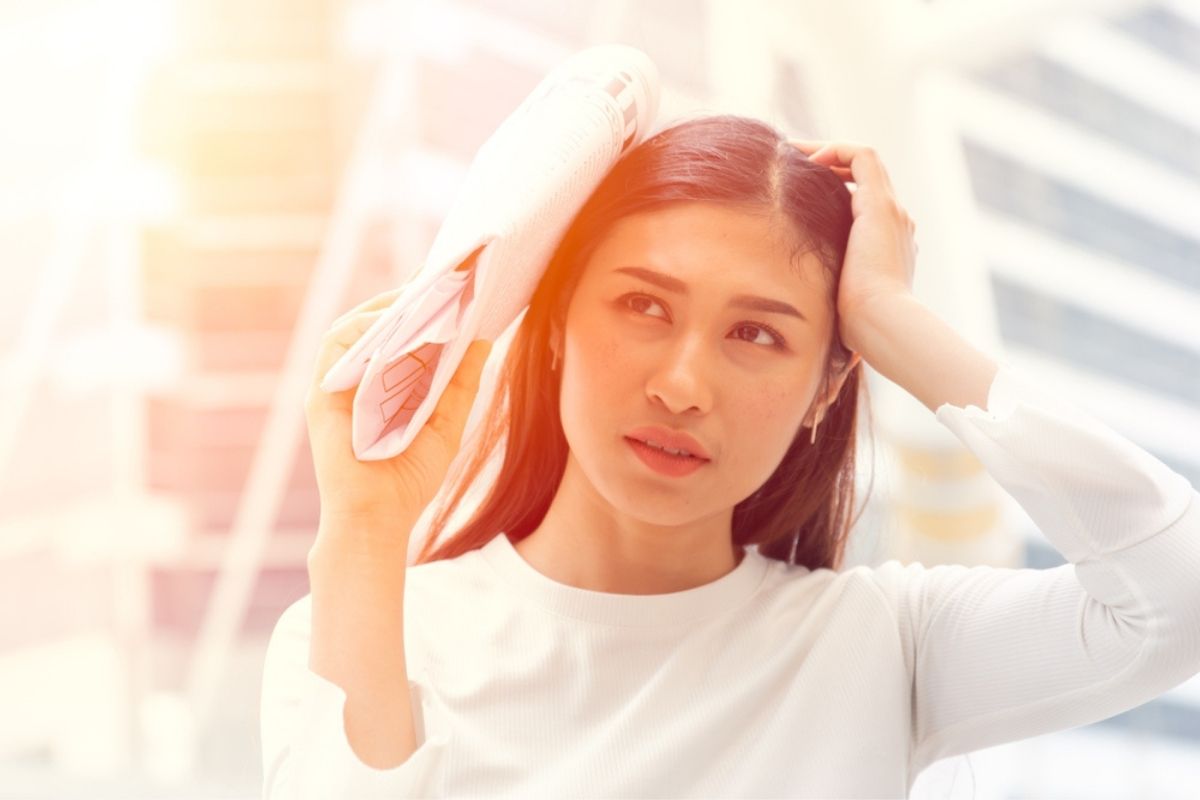
SUN EXPOSURE: SYMPTOMS AND EFFECTS ON OUR BODY
Whether you are living in a country full of sunlight, or in a “cloudier” one, one thing is for sure. You should always be protected against the sun and its harmful effects on your body. Let’s admit it, the sun has its own “manual” which must be followed.
To understand better the harmful effects of sun exposure we can see the interesting experiment from the artist Thomas Leveritt who wanted to prove exactly this, the harmful effects of sun exposure on the human body. He set a special camera in Brooklyn Prospect Part to record the reactions of the passers-by when they realize how ultraviolent radiation destroys human skin. Leveritt, with his special ultraviolet camera, was able to capture all those changes to our skin caused by ultraviolet radiation that are not visible yet. At the same time, he placed a monitor where they could see this particular view of their faces, giving him real-time and authentic reactions.
But what causes the harmful effects of the sun on the human body? They are caused by UVA and UVB radiation.
- UVA radiation (about 95% – 97% of the ultraviolet radiation that reaches the Earth’s surface) penetrates deep into the skin and contributes to skin cancer.
- UVB radiation causes sunburn, after excessive sun exposure.
Both types of ultraviolet radiation damage the skin’s collagen, destroy vitamin A in the skin, accelerate its aging and increase the risk of skin cancer. Excessive sun exposure can also cause eye conditions, such as cataracts.
The most obvious effect of excessive sun exposure is sunburn, which ranges from the simple redness of the skin and the feeling of “burning”, to the appearance of blisters. The sun is also responsible for the so-called photo-aging, which includes freckles, spots, varicose veins, and -of course- wrinkles.
The next most common effect of overexposure to the sun is sunstroke. It is a kind of heat-stroke, which is not as rare as we think. Of course, sunstroke occurs after long hours of sun exposure or unprotected stay under the sun.
Our body has the mechanism of homeostasis, which regulates our temperature according to external conditions. When we are exposed to the sun and heat, the diameter of our blood vessels increases, and sweating is activated, in order to maintain our temperature at the appropriate levels. However, when the sun exposure is extended and without the proper protection, then the homeostasis mechanism fails to function effectively. Thus, we have sunstroke and dehydration at the same time, which are considered parallel side effects.
The symptoms of sunstroke are characteristic and vary depending on the degree of sunstroke.
Mild symptoms
- Feeling dizzy
- Symptoms of fatigue
- Skin’s Redness
- Sweating problems
- Tinnitus
Medium symptoms
- Tenths and headache
- Motion sickness
- Vomiting
- Fast breathing
- Tendency to faint
- Muscle weakness or cramps
- Reduced sweating
- Burns or blisters on the skin
Serious symptoms
- Delusion and confusion
- Convulsions
- Hallucinations
- Dark urine (a sign of dehydration)
- Pale skin
- High fever
WAYS TO PREVENT
THE HARMFUL EFFECTS OF THE SUN
As we said before, the best treatment is prevention. Here are some important tips for you:
- Try not to be exposed to the sun for many hours.
- Avoid the sun between 11 a.m. and 3 p.m. as these are the hours when sun’s radiation “falls vertically” and is more dangerous for your skin.
- Wear sunglasses and a wide hat (ideally mountaineering type) every time you are exposed to the sun.
- Use a sunscreen with SPF 30 or more (depending on your phototype and your skin needs) with special filters, every one or two hours.
- Hydrate your body regularly. Consumption of caffeine and alcoholic beverages doesn’t help hydrate the body.
- Ιt is best to avoid exercise outdoors at a high temperature.
- If early sunstroke symptoms occur, contact your Pathologist or Homeopath. Homeopathy can help in all cases of sunstroke, depending on the patient’s symptoms.



